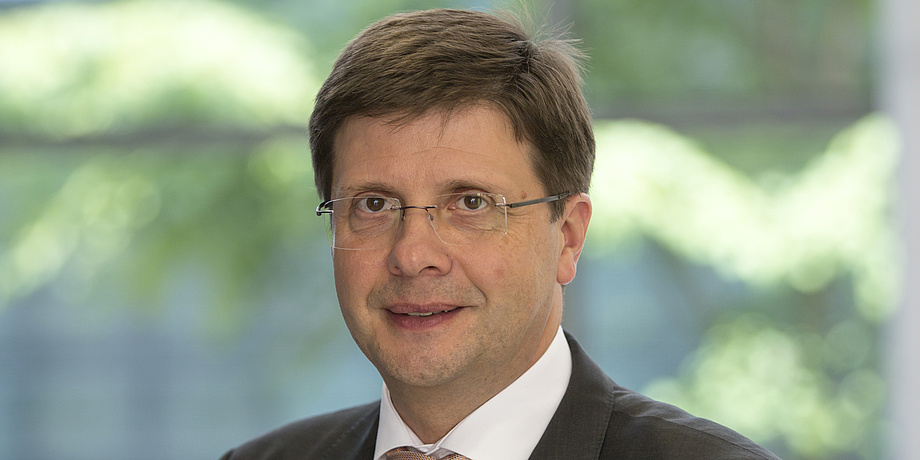This article has just been published in our research magazine TU Graz research. You can read or download the latest issue directly as an e-paper. The magazine is published twice a year - you can subscribe to it digitally or as a print version at www.tugraz.at/go/research-journal
TU Graz research: What are your plans for the AddLab@tugraz?
Franz Haas: The cross-institutional AddLab@tugraz is designed to raise our profile in additive manufacturing, strengthen our research expertise and support our funding applications. The centre is a collaboration with the Institute of Materials Science, Joining and Forming, and I’m currently working closely with the institute’s head, Christof Sommitsch, on the set-up.
How much progress have you made?
Haas: We already have an SLM machine (SLM stands for selective laser melting, i.e. 3D printing using a laser and metallic powder.) in our lab at the Inffeldgasse site. This piece of equipment is exceptionally well suited to printing building components with maximum dimensions of about 300 mm in all three directions. Although the relatively large installation space is important for component studies, it impairs the flexibility for materials research, where the material in the printer has to be changed frequently. This is why the Institute of Materials Science, Joining and Forming has purchased a new system with a smaller installation space that is ideal for materials research. With these two modern machines, we are efficient and extremely flexible when it comes to processing enquiries within and outside TU Graz. We’ve already received some enquires regarding cooperation from new industrial partners.
What topics will you be looking at in the AddLab@tugraz?
Haas: The two SLM machines are the centrepiece of our state-of-the-art lab. We already have a lot of experience with these technologies and we know how to work with them. In future, the focus will primarily be on new methods. We want to perform research to identify new materials for 3D printing and finetune the printing process. In particular, we’ll be looking at post-processing of printed parts, which is currently very ime consuming and cost intensive. To
offset these problems, we’re working on a software program that plans the entire print job, calculates the specifications for the support structures required, and optimises post-processing. After that, construction itself will be a core topic in the training of our students, with a focus on additive design and additive thinking. The aim is to give them experience of working with the new methods as early as possible in their studies. These new methods will allow us to totally rethink building components. We’ll have to build them differently and this will open up new design possibilities. So we won’t just be a production unit, we’ll be a design unit, too. Of course, that will present new challenges, and we want to play an integral part in the international standardisation process.
What do you have in mind for the future?
Haas: We recently put in a patent application that will allow us to implement a completely new procedure: SLEDM or selective LED melting, in other words metallic printing using an LED source instead of a laser. My big goal is the small batch production of my own metal 3D printer designed and made at TU Graz for the volume production of metallic components for mobility and implant medicine applications.
Play video
This research area is anchored in the Field of Expertise “Mobility & Production”, one of five strategic foci of TU Graz.
You can find more research news on Planet research. You can receive monthly updates from the world of science at Graz University of Technology via the research newsletter TU Graz research monthly.

